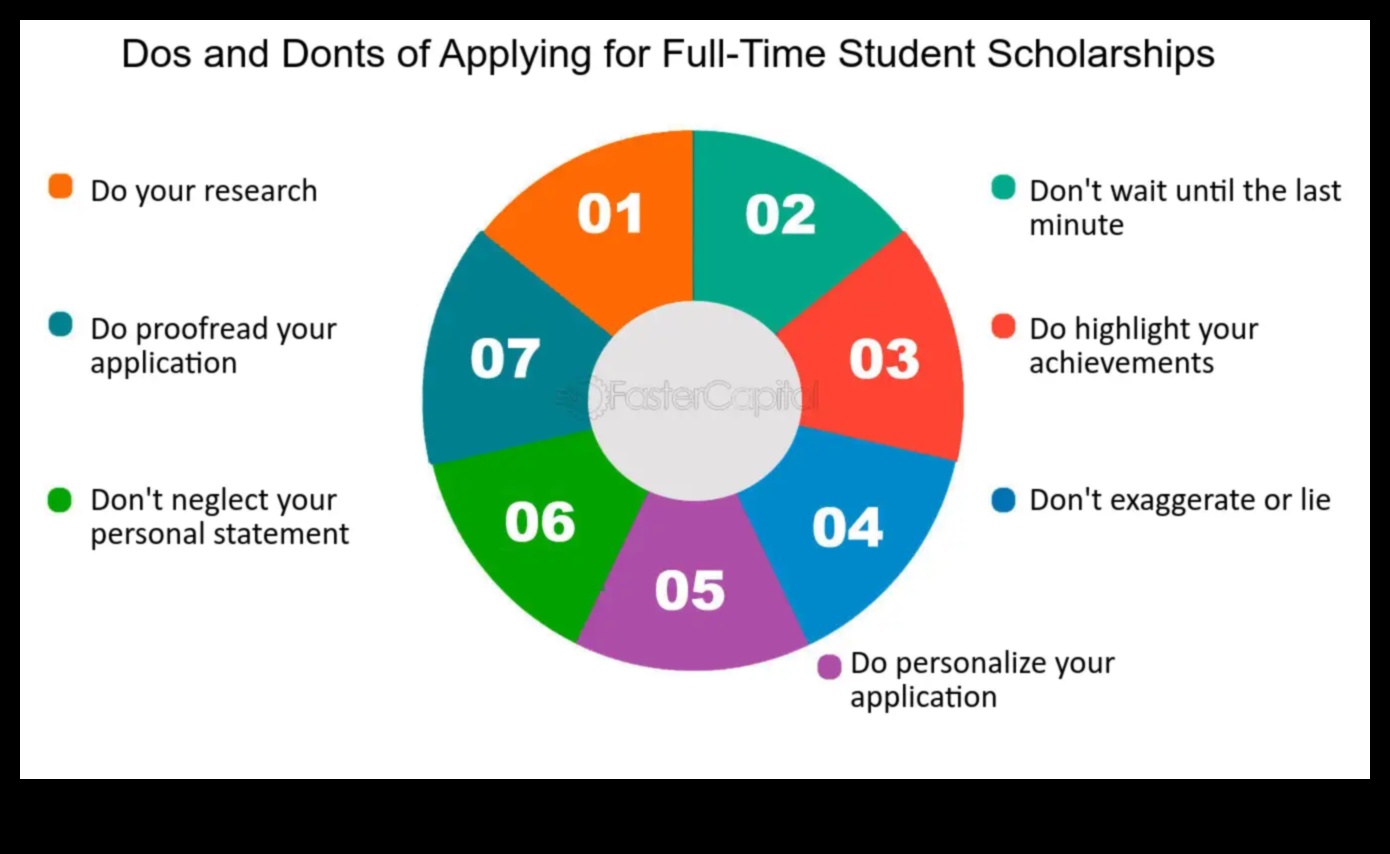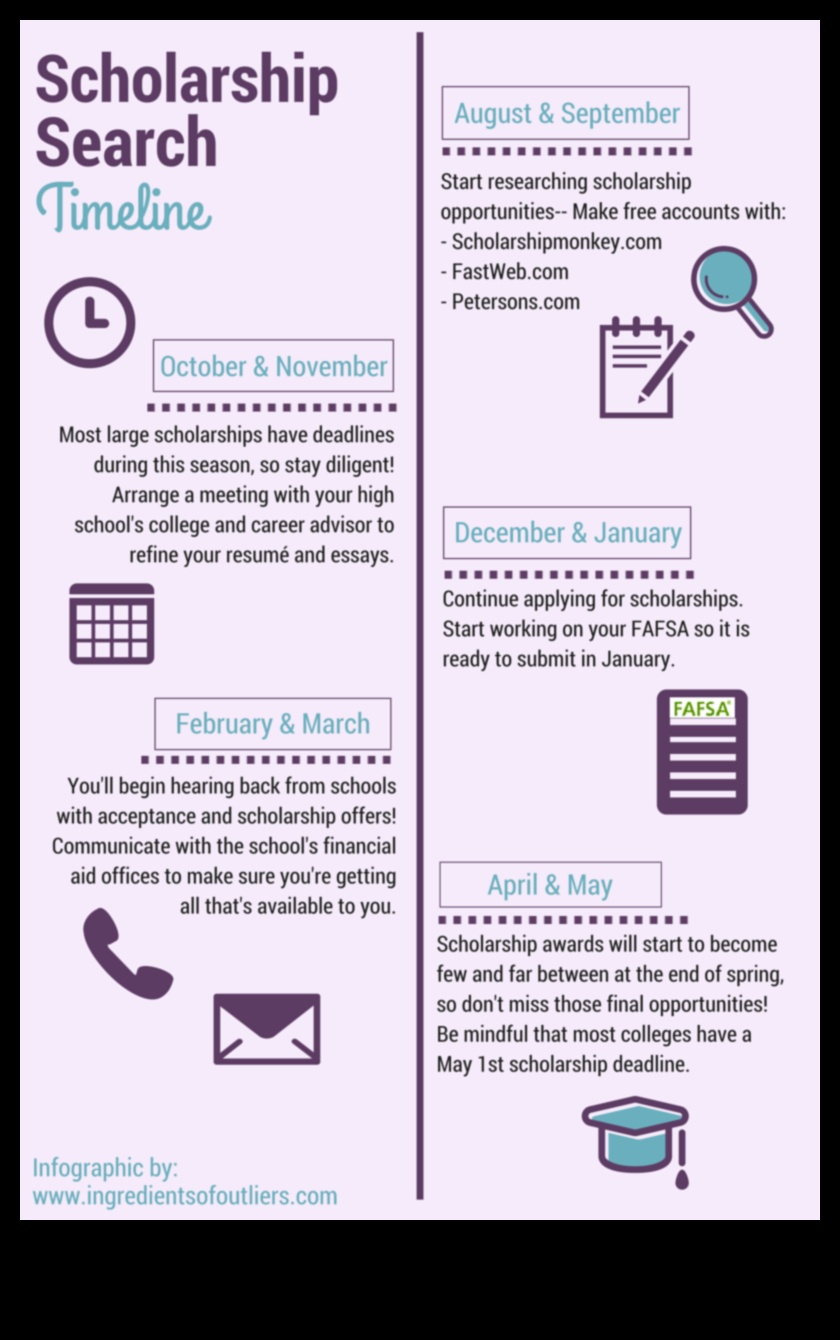
How to Get a Scholarship in High School
-
Introduction
-
Types of Scholarships
-
Eligibility Requirements
-
How to Apply for Scholarships
-
Scholarship Search Engines
-
Scholarship Application Tips
-
Financial Aid Resources
-
Common Scholarship Mistakes
-
Scholarship Timelines
-
FAQ
| Feature | Answer |
|---|---|
| High school scholarship | A scholarship is a financial award given to students who meet certain criteria, such as academic achievement, financial need, or extracurricular activities. |
| Scholarship | A scholarship is a sum of money awarded to a student to help pay for their education. |
| Financial aid | Financial aid is money that is given to students to help them pay for college or university. |
| College | A college is a school that offers undergraduate degrees. |
| Apply for scholarship | To apply for a scholarship, you will need to submit an application form. The application form will typically ask for information about your academic history, financial need, and extracurricular activities. |

II. Types of Scholarships
There are many different types of scholarships available to high school students, each with its own set of criteria. Some of the most common types of scholarships include:
- Academic scholarships
- Athletic scholarships
- Art scholarships
- Music scholarships
- Leadership scholarships
- Community service scholarships
- Merit scholarships
- Financial need scholarships
It is important to research different types of scholarships to find the ones that are the best fit for your skills and interests. You can find information on scholarships from a variety of sources, including your school guidance counselor, online scholarship directories, and scholarship search engines.
III. Eligibility Requirements
In order to be eligible for a scholarship, you must meet the specific criteria set forth by the organization that is offering the scholarship. These criteria can vary depending on the scholarship, but some common eligibility requirements include:
- Academic achievement
- Financial need
- Community service
- Leadership
- Special talents or skills
It is important to read the eligibility requirements carefully before you apply for a scholarship to make sure that you meet all of them. If you do not meet all of the requirements, your application will likely be disqualified.

IV. How to Apply for Scholarships
The application process for scholarships can vary depending on the organization that is offering the scholarship. However, there are some general steps that you can follow to apply for most scholarships.
- Identify scholarships that you are eligible for.
- Research the scholarship requirements and deadlines.
- Write a strong scholarship essay.
- Submit your application materials on time.
For more detailed information on how to apply for scholarships, please see our How to Apply for Scholarships guide.

V. Scholarship Search Engines
There are a number of scholarship search engines available online that can help you find scholarships that you may be eligible for. Some of the most popular scholarship search engines include:
These scholarship search engines typically allow you to search for scholarships based on your criteria, such as your academic interests, your financial need, and your location. They may also provide you with tips on how to write a scholarship application and how to improve your chances of being awarded a scholarship.
It is important to note that not all scholarship search engines are created equal. Some are more comprehensive than others, and some may charge a fee for their services. It is important to do your research and choose a scholarship search engine that is reputable and that will provide you with the best results.
VI. Scholarship Application Tips
Here are some tips to help you write a successful scholarship application:
- Do your research and make sure you understand the criteria for the scholarship you are applying for.
- Tailor your application to the specific scholarship. This means highlighting the skills and experiences that are most relevant to the scholarship.
- Proofread your application carefully and make sure it is free of errors.
- Be yourself and let your personality shine through in your application.
- Don’t give up if you don’t get the first scholarship you apply for. Keep applying for scholarships until you find one that you are awarded.
VII. Financial Aid Resources
There are a number of financial aid resources available to high school students, including:
- The FAFSA (Free Application for Federal Student Aid) is the primary way to apply for federal financial aid, including grants, loans, and work-study.
- State financial aid offices offer a variety of scholarships and grants for state residents.
- Colleges and universities offer a variety of scholarships and grants, both need-based and merit-based.
- Private organizations offer a variety of scholarships and grants, both need-based and merit-based.
Students should be sure to research all of their financial aid options before they start applying for scholarships. They should also make sure to apply for scholarships early, as many deadlines are in the fall.
Common Scholarship Mistakes
There are a number of common mistakes that students make when applying for scholarships. By avoiding these mistakes, you can increase your chances of being awarded a scholarship.
- Not starting early enough
- Not doing your research
- Not writing a strong personal statement
- Not proofreading your application
- Not following up
To avoid these mistakes, be sure to start your research early, make a list of all the scholarships you’re eligible for, and write a strong personal statement that highlights your accomplishments and why you deserve the scholarship. Be sure to proofread your application carefully before submitting it, and follow up with the scholarship organization to let them know you’re interested in the scholarship.
IX. Scholarship Timelines
The scholarship application process can be lengthy, so it’s important to be aware of the deadlines for each scholarship you’re interested in. Here is a general timeline for the scholarship application process:
- September-October: Start researching scholarships and creating a list of those you’re interested in.
- November-December: Begin the application process by gathering the necessary materials and completing the applications.
- January-February: Submit your applications and track their status.
- March-April: Receive notification of scholarship decisions.
- May-June: Accept or decline scholarship offers.
It’s important to note that some scholarships have rolling deadlines, which means that applications are accepted on a rolling basis until the scholarship is fully funded. Other scholarships have fixed deadlines, which means that all applications must be submitted by a certain date. Be sure to read the deadlines carefully for each scholarship you’re interested in.
If you’re applying for a lot of scholarships, it can be helpful to create a spreadsheet to keep track of the deadlines, requirements, and status of each application. This will help you stay organized and ensure that you don’t miss any deadlines.
X. FAQ
Question 1: What is a scholarship?
A scholarship is a financial award given to students who meet certain criteria, such as academic achievement, financial need, or extracurricular activities. Scholarships can be awarded by colleges, universities, private organizations, and even individual donors.
Question 2: How do I apply for scholarships?
The application process for scholarships varies depending on the scholarship provider. However, there are some general steps that you can follow to apply for most scholarships:
- Identify scholarships that you are eligible for.
- Read the scholarship criteria carefully and make sure that you meet all of the requirements.
- Write a strong scholarship essay.
- Submit your application on time.
Question 3: What are some common scholarship mistakes?
There are a few common mistakes that students make when applying for scholarships. These include:
- Not starting early enough.
- Not doing their research.
- Not writing a strong essay.
- Not proofreading their application materials.